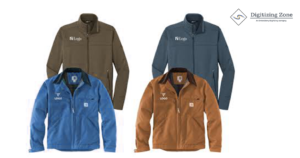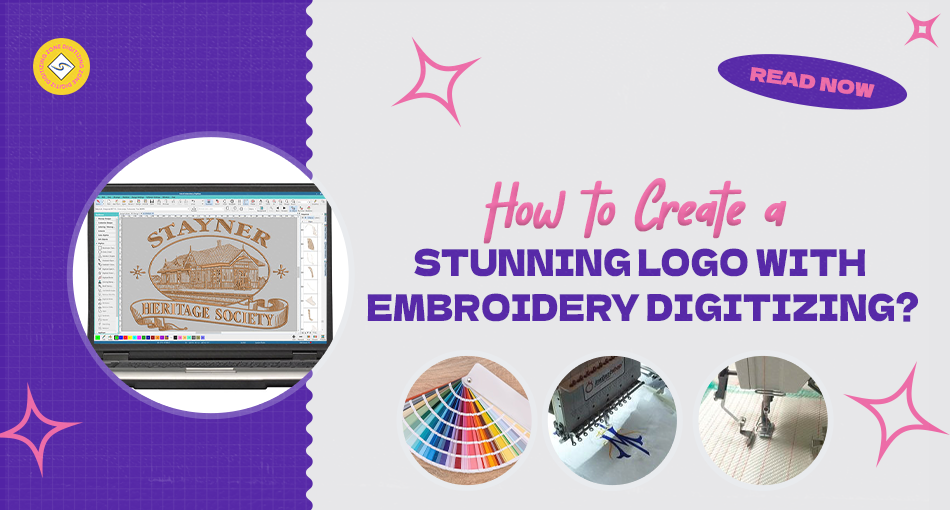Creating a stunning logo is essential for building a strong brand identity, and embroidery digitizing offers a unique way to elevate that logo beyond traditional printing methods. Whether you’re considering logo printing, screen printing, or embroidery digitizing, understanding how to leverage these services for maximum impact can help ensure your brand stands out. Let’s explore how embroidery digitizing can transform your logo into a work of art that leaves a lasting impression on your audience.
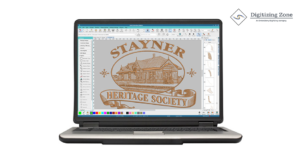
What is Embroidery Digitizing?
Embroidery digitizing is converting a logo or artwork into a format that an embroidery machine can understand. Instead of printing a logo on fabric, the design is stitched directly onto the material using threads, giving it a textured, durable, and high-quality finish. The process starts with converting the logo into a machine-readable embroidery file format, like PES, DST, or EXP. This process involves specialized software that maps out the stitches required to accurately recreate the logo.
Why Choose Embroidery Digitizing for Your Logo?
While traditional logo printing and screen printing are popular options, embroidery digitizing offers several unique advantages:
Durability: Embroidered logos last longer as they resist fading, cracking, or peeling, unlike printed logos which can deteriorate over time.
Professional Appeal: The 3D texture of embroidery gives your logo a premium look, which is often associated with high-quality brands.
Versatility: Embroidered logos can be applied to various types of fabrics, including cotton, polyester, denim, and even leather.
Customization: With embroidery, you can choose from a vast range of thread colors, thicknesses, and styles, including 3D puff embroidery, to create a truly customized design.
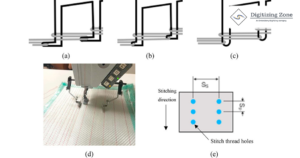
The Embroidery Digitizing Process: Step-by-Step
1. Logo Preparation
The first step in embroidery digitizing is to prepare the logo. High-resolution vector formats such as EPS, AI, or SVG are ideal for this process as they ensure the design remains crisp and scalable. The logo is then imported into embroidery software, where a skilled digitizer manually adjusts the elements to make them stitch-friendly.
2. Pathing and Stitch Mapping
Next, the digitizer plans the path that the embroidery machine will follow. This includes deciding where the stitching will start and stop, the direction of the stitches, and the type of stitch (satin, fill, or running). This is crucial because the pathing can affect the final appearance and smoothness of the logo.
3. Thread Selection
Choosing the right threads is important to match the colors of your logo. Embroidery digitizing allows for a wide array of color options that can match Pantone colors, ensuring brand consistency. Specialty threads such as metallic, glow-in-the-dark, or neon can also be incorporated to give the logo an extra flair.

4. Test Stitching
Before finalizing the design, a test run is conducted to ensure that the embroidered logo appears as expected. Adjustments are made during this phase to fix any issues such as misaligned stitches, incorrect tension, or color mismatches.
5. Final Production
Once the logo is perfected through test stitching, the file is sent to an embroidery machine for full production. The machine recreates the logo on various materials, such as hats, jackets, uniforms, and corporate apparel.
Embroidery vs. Screen Printing: Which is better for Your Logo?
While screen printing and embroidery digitizing are both popular methods for logo application, each offers distinct benefits depending on your needs.
Embroidery Advantages:
Durability: Embroidery lasts significantly longer, especially on items that undergo frequent wear and washing.
Premium Aesthetic: The texture and 3D effect of embroidered logos convey a higher-end brand image.
Best for Small Designs: Embroidery is ideal for small, intricate logos that need to maintain detail on fabrics.
Screen Printing Advantages:
Cost-Effective for Large Runs: For large quantities of t-shirts or promotional items, screen printing is often more economical.
Wide Color Range: Screen printing allows for highly vibrant colors, making it ideal for large, multi-colored logos.
Smoother Finish: Unlike embroidery, screen printing leaves a smooth finish, making it better suited for thin or lightweight fabrics.
Best Practices for Logo Embroidery Digitizing
To ensure your logo looks stunning when digitized for embroidery, keep these best practices in mind:
1. Simplify the Design
Detailed logos with small text or intricate patterns may not translate well into embroidery, as stitches have physical limitations. Simplifying your design while retaining key elements will ensure clarity.
2. Use Bold Colors
Embroidery threads are available in a vast range of colors, but muted tones or complex gradients can sometimes appear less vibrant. Opt for bold colors to make your logo pop.
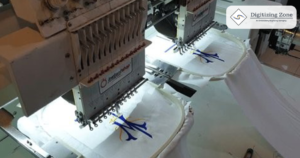
3. Pay Attention to Size
Ensure your logo’s size is appropriate for the medium. For example, a detailed logo may look good on a jacket but lose clarity when shrunk to fit a hat. Your digitizer can help adjust the logo’s scale without losing its essence.
4. Consider the Fabric Type
Certain fabrics, such as fleece or denim, are better suited for embroidery than others like silk or spandex. Choose materials that complement the durability and texture of the embroidery stitches.
Combining Embroidery with Other Printing Methods
Some businesses choose to combine embroidery digitizing with logo printing or screen printing to achieve a more dynamic effect. For example, you can use embroidery for the primary logo on the front of a shirt while adding screen-printed text on the back. This hybrid approach provides the best of both worlds—durability, and texture from embroidery and the vibrancy of printing.
Conclusion: Choose the Best Service for Your Brand
Whether you opt for logo printing, screen printing, or embroidery digitizing, each method brings unique benefits to your branding efforts. However, embroidery digitizing offers unmatched durability, a professional appearance, and limitless customization options that can truly set your logo apart. At Digitizing Zone, we specialize in transforming logos into stunning embroidered designs that leave a lasting impression.
For inquiries about custom embroidery digitizing, logo printing, or screen printing services, visit our website or follow us on social media for more insights and tips.
